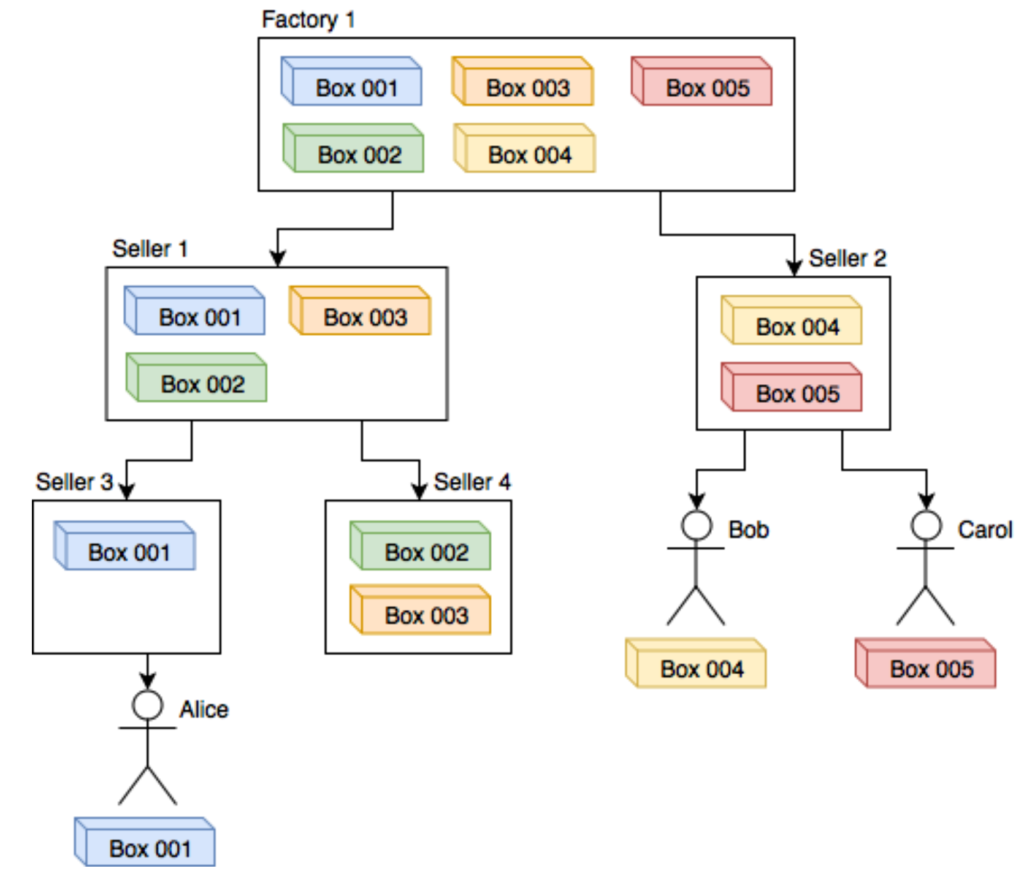Sometime people ask what Bitcoin is actually useful for. This post focuses on explaining the importance and use of Bitcoin as a store of value by comparing it to the Arctic Seed Bank.

First of all, the Arctic Seed Bank, or Svalbard Global Seed Vault, is located on an island in the Arctic Svalbard archipelago, part of Norway. Seeds from about half of the known plants on earth are stored inside this extremely remote and safe vault. The idea is simple: seeds are kept safe from global disasters and available if needed.
While we’ll have the Norwegians to thank if we ever need to use these seeds one day, we might want to think about how this examples compares to money.
This is where Bitcoin comes in. The Bitcoin network is like the Arctic Seed Bank for our money.
Like the seed bank, the Bitcoin network is designed to be extremely resistant to external events. As long as a computer somewhere is storing a copy of the full blockchain and is connected to the internet, we will be able to access our funds. And even better than the seed bank, it has no central point of failure.
To continue with the analogy, similar to a potential catastrophe like a supervolcano eruption or nuclear war, governments or banks are at risk of collapsing. And they would take your hard earned money down with them. The point of Bitcoin is that this isn’t possible, we are the only ones in control of the funds we hold, making it today’s safest place to store value whether physically or digitally. Plus, it’s a lot more convenient to move around than the historically preferred store of value, gold.
So if you feel like having an arctic seed bank is a smart thing to do despite the very low-chance of a global disaster, you might think Bitcoin is a smart place to store a portion of your money, “just in case”.
